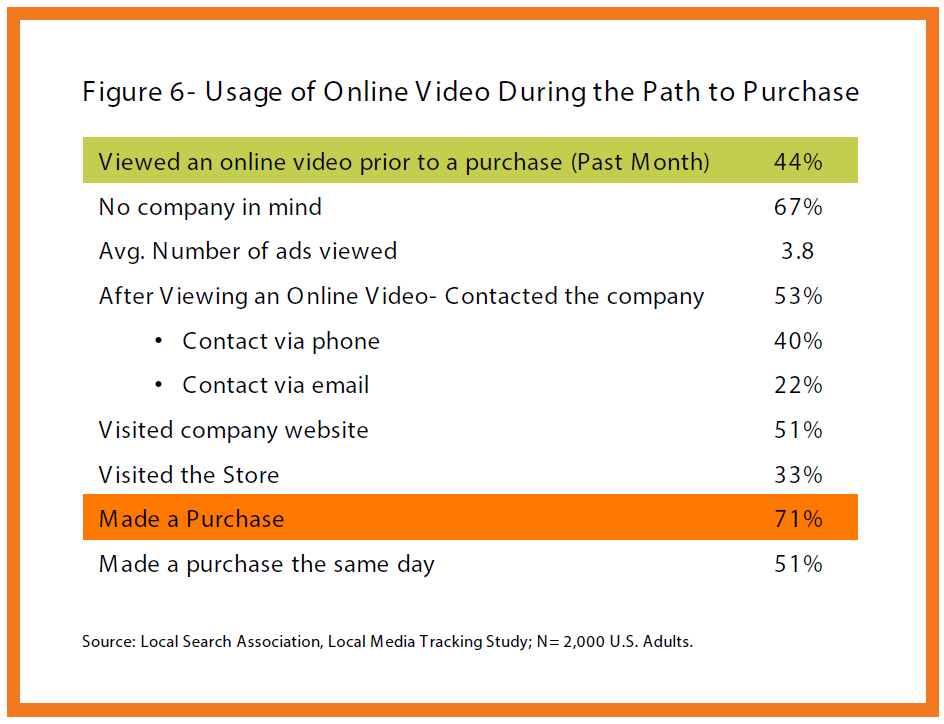Engaging videos improve your website SEO
Video content contributes to your website SEO through link building, audience engagement, and when shared socially, an appealing video can drive visitors to your site.
For a video to engage, you need to know your audience: your video has to essentially offer the viewer something — a smile, a laugh, some helpful information, something that appeals. If an emotional reaction is achieved from watching your video, a viewer will more likely share it.
A steady flow of traffic to your site is a self-perpetuating SEO boost.
So, your video production plan and process should consider your business type and audience.
Our online attention span is small, so depending on the context and message, short videos are best when engaging your audience in the online context with what you do and what you offer. And of course they have to be good.
Source: LSA Online Video’s Next Frontier – Local
Engaging your online audience is powerful: your visitors will stay longer on your site; when your audience is impressed with your content they’re likely to come back for more — another plus for SEO for your website.
That videos improve website SEO may be gut instinct — but many of us have experienced first-hand the power and impression that a well-produced video can offer about a brand, a product or service. But evidence is required to drive the point home. Statistics can provide the evidence if you need convincing — as long as the research is carried out by a reputable organisation. If it’s stats that you need to be convinced, here are a few compiled by the US-based Local Search Association (now rebranded as Localogy), a not-for-profit association of companies engaged in local and location-based marketing.
Okay, you need to make sure your video is found for it to have effect — to get your message across and for SEO purposes.
SEO is a complex beast that demands attention. Have a look at these tips on using video to improve SEO, compiled by Wesley Young and posted to Search Land Engine.
Tips On Using Video To Improve SEO
1. Video integration. The presence of video itself affects an important SEO ranking factor: content. As part of an optimised media mix, videos helps send signal to search engines that your page or site contains rich media relevant to search requests. It can be expected that search engines will continue to increase the ranking factor of including video as consumers demand video in search results. So having video on your site will boost page rank.
When people spend time on your site because they're engaged, search engines take notice.
2. Keyword labels. Provide more information to search engines to help identify your videos as relevant to search results, just as you would label pictures and graphics. Including keywords used for text SEO in fields used to describe your video (in titles, file names, descriptions and tags) ensures that the relevance of your video to search results is clear to search engines.
3. Video transcript. Including a transcript of the audio portion of your video improves its findability and adds further support for its relevance to search requests. Plus this meets accessibility compliance.
4. Video sitemap. While information on your video sitemap might duplicate some of the keyword labels used to identify the video, it is a separate process. Video sitemaps are an extension to the general sitemap of your Web property. Metadata that may be customized include duration, rating, view count, age appropriateness, whether the video may be embedded and other useful information.
5. Host your video on YouTube. YouTube is, on its own, the second-largest search engine in number of search queries. Secondly, YouTube is owned by Google so you make your own conclusions. For small local businesses, it's exposure on YouTube that triggers secondary actions and a potential link back to your site.
Reference: Searchengine Land

